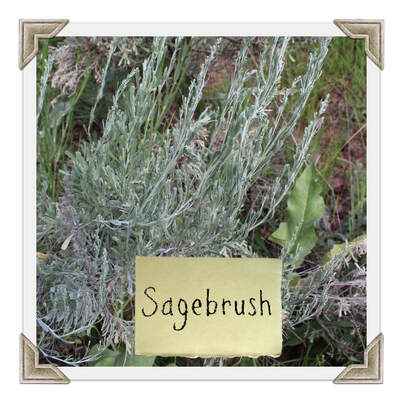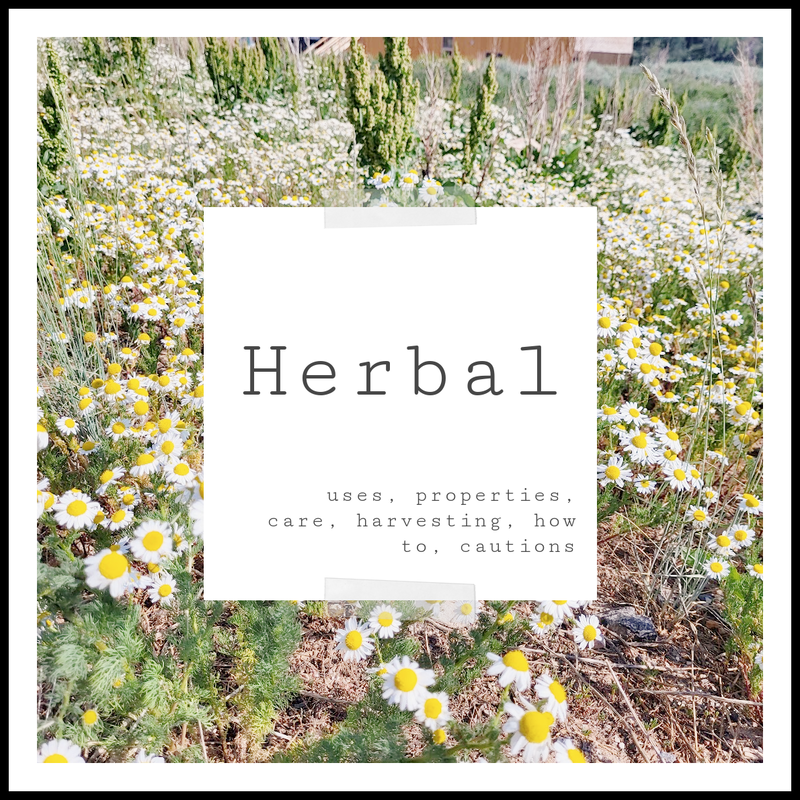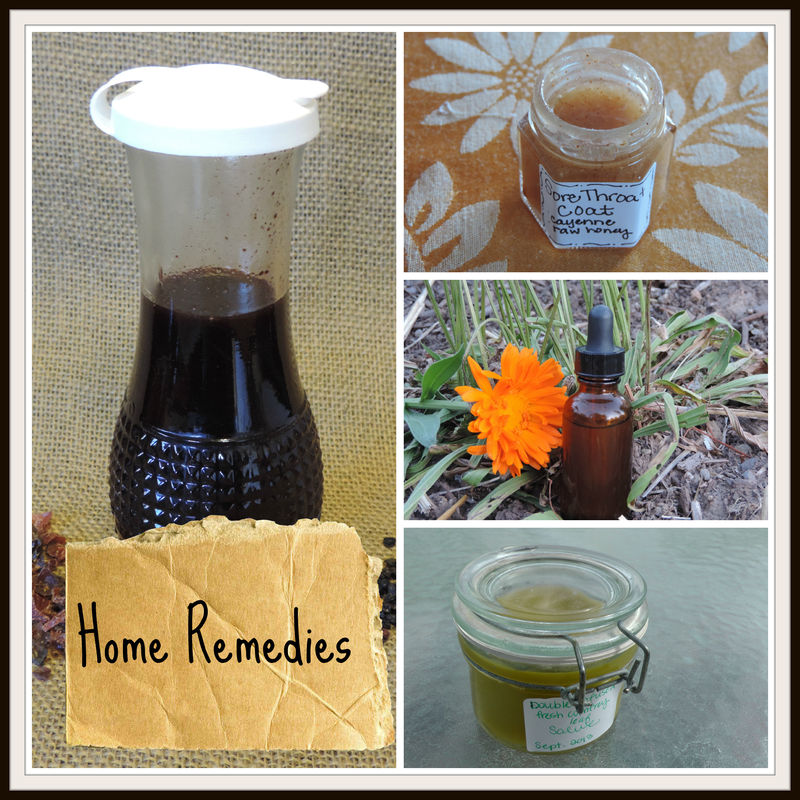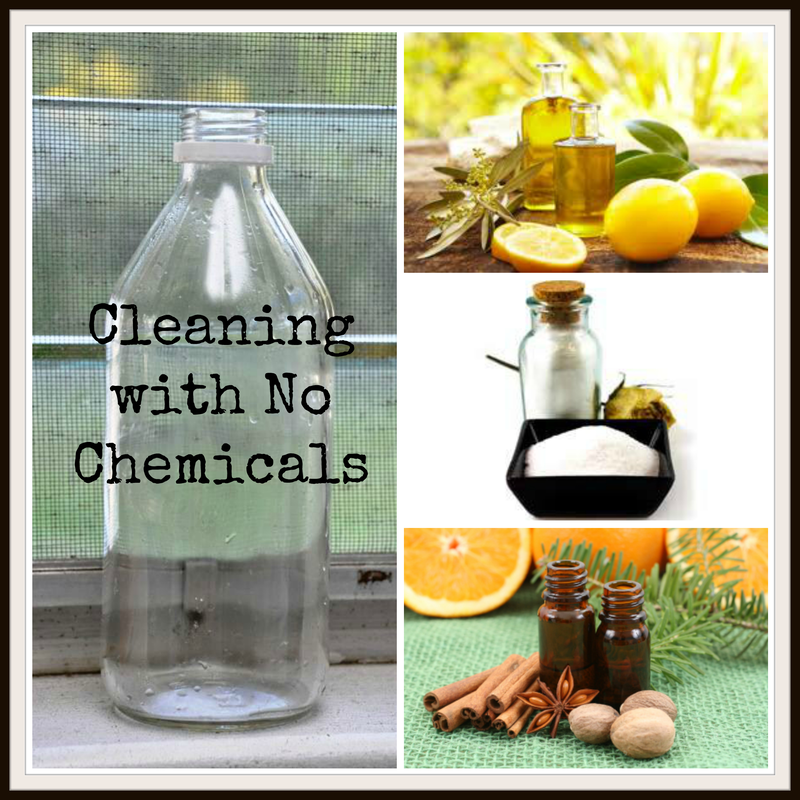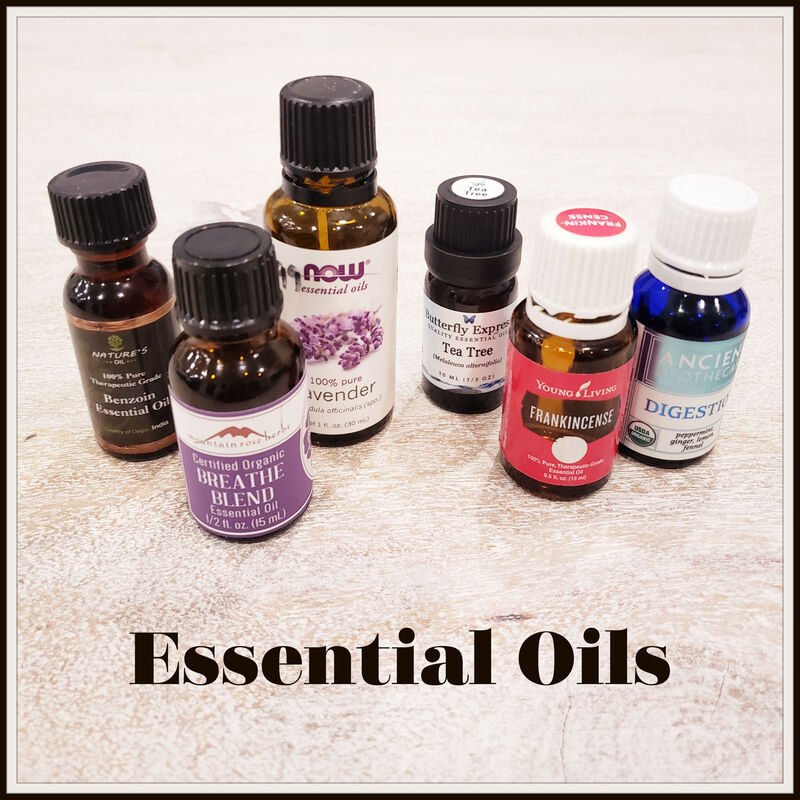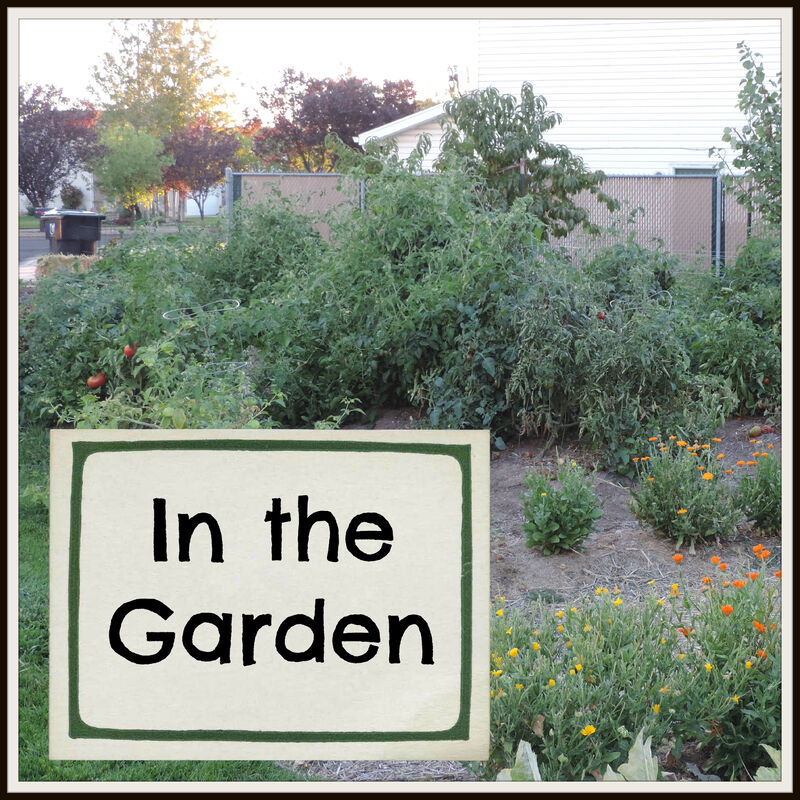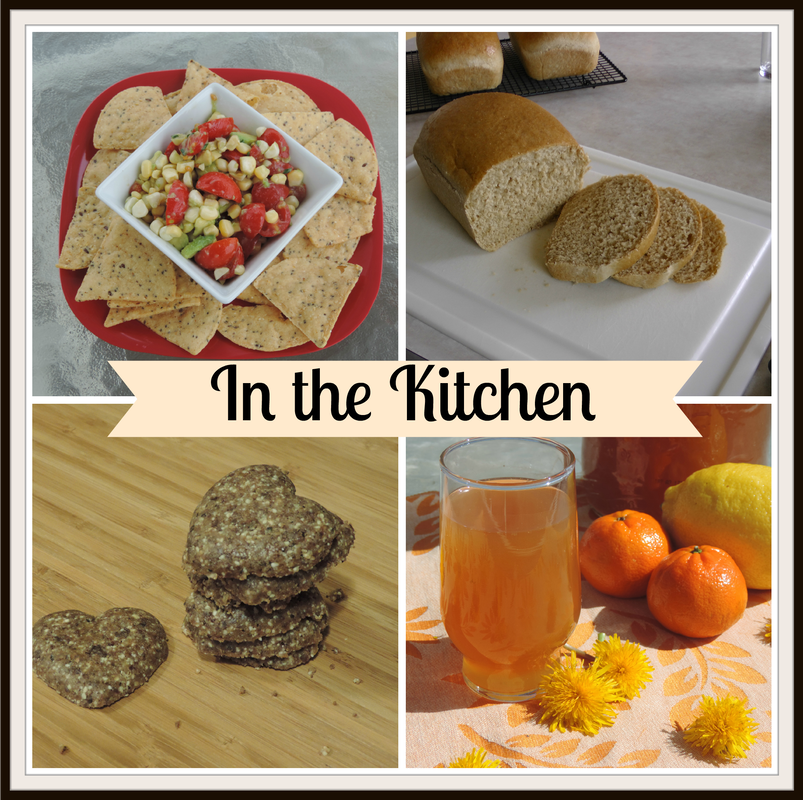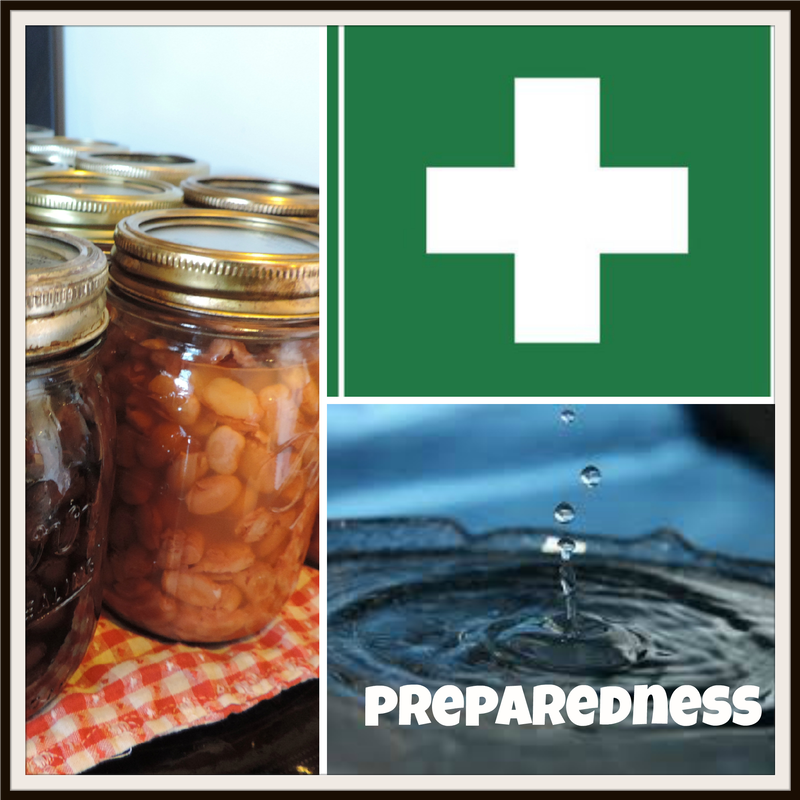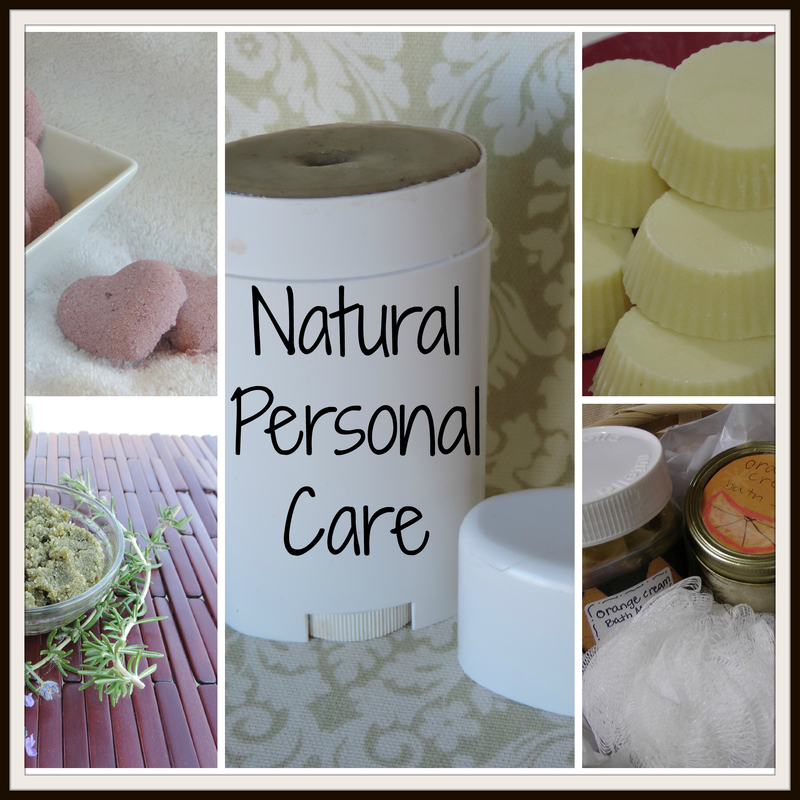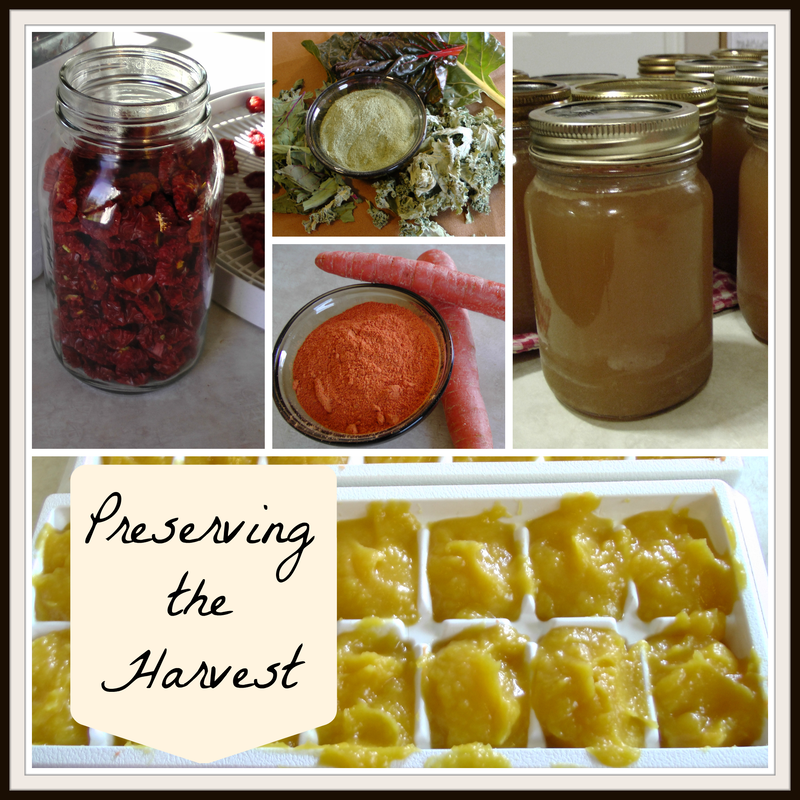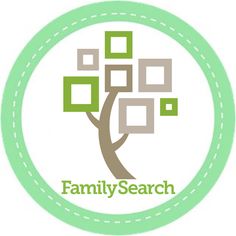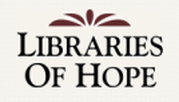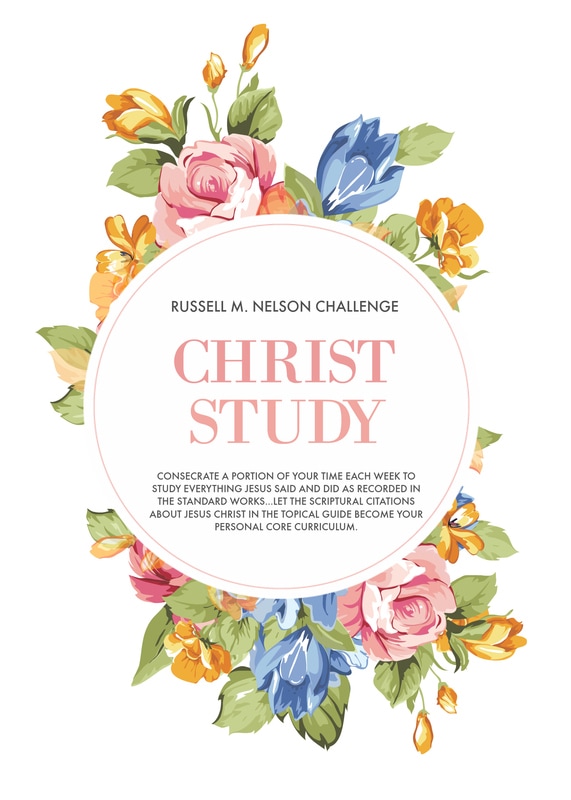Family: Composite/Asteraceae (wormwood and mugwort)
Parts Used: Leaves, stems, flowers and seeds.
Sagebrush grows all over the Rocky Mountains where I live. This plant is a relative of wormwood and will carry all of the healing benefits of that plant, but with more potency.
Actions and Properties
- antibacterial
- antifungal
- anti-inflammatory
- antiviral
- anti tumor
- antiparasitical
- antiseptic
- antibiotic
Healing Benefits
- Fungal problems such as nail fungus, athlete's foot, jock itch, ring worm, etc.
- Bacterial and viral infections of all kinds, including pneumonia, candida, E.coli, staph, MRSA, strep, etc.
- Cuts, wounds, sores, boils, acne, etc. (wash or poultice).
- Emetic when made with a strong decoction.
- Stomach cramps and indigestion.
- Helps with liver problems.
- Respiratory issues such as bronchitis, pneumonia, coughs, etc.
- Sinus and head colds.
- Stimulates uterine circulation, useful for suppressed menstruation or cramping.
- Sore throat, mouth sores and diseases such as gingivitis (gargle).
- Headache and pain reliever (compress or poultice over area).
- Radiation poisoning.
- Air purifier (hang bundles in a room or smoke a bundle).
- Hygiene: rub fresh leaves under arms for deodorant, powder for a body or tooth powder.
Methods of Use
- Tea (infusion for drinking, decoction for washes, gargle, or compress)
- Oil
- Salve, ointment
- Tincture/syrup
- Powder; capsules, body powder (also good for diaper rash or sores).
- Bath, foot soak, steam inhalation.
- Smoke for purification (tie dried stems in a bundle and burn).
Wildcrafting/Harvesting
Caution
Resources
Herbs to Know in the Wild
Healings Plants of the Rocky Mountains
Herbal Antibiotics
Herbal Legacy - Desert Sage
